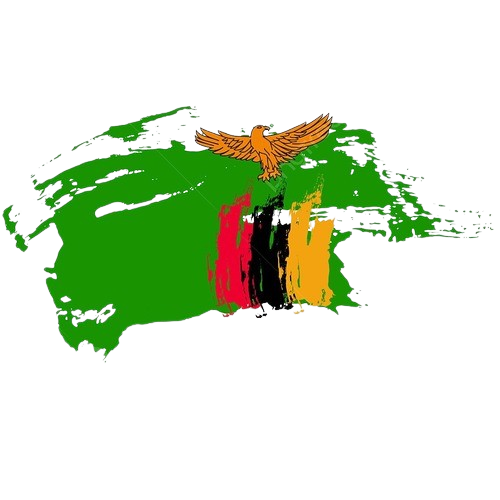Various examples in Basis Path Testing

Prerequisite – Basis Path Testing
We have seen the steps involved in designing the test cases for a program using the basis path testing in the previous article. Now, let’s solve an example following the same steps.
Question : Consider the given program that checks if a number is prime or not. For the following program :
- Draw the Control Flow Graph
- Calculate the Cyclomatic complexity using all the methods
- List all the Independent Paths
- Design test cases from independent paths
int main() { int n, index; cout << "Enter a number: " << endl; cin >> n; index = 2; while (index <= n - 1) { if (n % index == 0) { cout << "It is not a prime number" << endl; break; } index++; } if (index == n) cout << "It is a prime number" << endl; } // end main |
Solution :
1. Draw the Control Flow Graph –
- Step-1:
Start numbering the statements after declaration of the variables (if no variables have been initialized in that statement). However, if a variable has been initialized and declared in the same line, then numbering should start from that line itself.For the given program, this is how numbering will be done:
int main() { int n, index; 1 cout << "Enter a number: " <> n; 3 index = 2; 4 while (index <= n - 1) 5 { 6 if (n % index == 0) 7 { 8 cout << "It is not a prime number" << endl; 9 break; 10 } 11 index++; 12 } 13 if (index == n) 14 cout << "It is a prime number" << endl; 15 } // end main - Step-2:
Put the sequential statements into one single node. For example, statements 1, 2 and 3 are all sequential statements and hence should be combined into a single node. And for other statements, we will follow the notations as discussed here.Note –
Use alphabetical numbering on nodes for simplicity.The graph obtained will be as follows :
2. Calculate the Cyclomatic complexity :
- Method-1:
V(G) = e - n + 2*p
In the above control flow graph,
where, e = 10, n = 8 and p = 1 Therefore, Cyclomatic Complexity V(G) = 10 - 8 + 2 * 1 = 4
- Method-2:
V(G) = d + p
In the above control flow graph,
where, d = 3 (Node B, C and F) and p = 1 Therefore, Cyclomatic Complexity V(G) = 3 + 1 = 4
- Method-3:
V(G) = Number of Regions
In the above control flow graph, there are 4 regions as shown below :
Therefore, there are 4 regions: R1, R2, R3 and R4 Cyclomatic Complexity V(G) = 1 + 1 + 1 + 1 = 4
It is important to note that all three methods give same value for cyclomatic complexity V(G).
3. Independent Paths :
As the cyclomatic complexity V(G) for the graph has come out to be 4, therefore there are 4 independent paths.
Edges covered (marked with red) by Path 1 are:
Path 1 : A - B - F - G - H
Edges covered by Path 1 and Path 2 are shown below :
Path 2 : A - B - F - H
Edges covered by Path 1, Path 2 and Path 3 are :
Path 3 : A - B - C - E - B - F - G - H
Now only 2 edges are left uncovered i.e. edge C-D and edge D-F. Hence, Path 4 must include these two edges.
Path 4 : A - B - C - D - F - H
Each of these paths have introduced at least one new edge which has not been traversed before.
Note –
Independent paths are not necessarily unique.
4. Test cases :
To derive test cases, we have to use the independent paths obtained previously. To design a test case, provide input to the program such that each independent path is executed.
For the given program, the following test cases will be obtained:
| Test case ID | Input Number | Output | Independent Path covered |
|---|---|---|---|
| 1 | 1 | No output | A-B-F-H |
| 2 | 2 | It is a prime number | A-B-F-G-H |
| 3 | 3 | It is a prime number | A-B-C-E-B-F-G-H |
| 4 | 4 | It is not a prime number | A-B-C-D-F-H |






